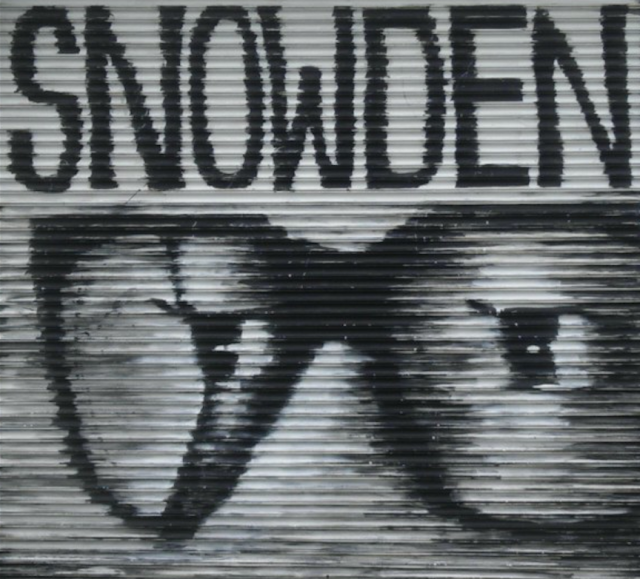
Several years ago, nobody would have believed you if you said that a secret US court was ordering the nation's telecoms to forward the metadata for all telephone calls coming to and from the United States to the National Security Agency. It would have sounded like fiction from some deranged person wearing a tinfoil hat. But it was true. Edward Snowden, a former contractor for the NSA, turned over internal government documents in 2013 that illustrated just that reality. Future document releases would underscore that the United States had been spying on its populace and the world at large to a breathtaking extent.
Snowden, now living in Russia, handed over the documents to reporter Glenn Greenwald, who published many of the juiciest disclosures at the Guardian. Greenwald left the Guardian and took the documents with him to The Intercept, which announced Monday that it is beginning a public document dump of the goods provided by Snowden. Today, The Intercept is releasing its first batch of many classified documents—166 articles of the NSA's internal newsletter called SIDtoday. The site explained:
The Intercept’s first SIDtoday release comprises 166 articles, including all articles published between March 31, 2003, when SIDtoday began, and June 30, 2003, plus installments of all article series begun during this period through the end of the year. Major topics include the National Security Agency’s role in interrogations, the Iraq War, the war on terror, new leadership in the Signals Intelligence Directorate, and new, popular uses of the internet and of mobile computing devices.
Greenwald encouraged "journalists, researchers, and interested parties" to sift through these and forthcoming document dumps "to find additional material of interest. Others may well find stories, or clues that lead to stories, that we did not. (To contact us about such finds, see the instructions here.) A primary objective of these batch releases is to make that kind of exploration possible."
Greenwald added that he and other staff members had redacted documents "consistent with the requirements of our agreement" with Snowden in a bid to prevent "serious harm" to "innocent individuals."
Here is a briefing on those first three months of SIDtoday, which includes an Intercept report about the NSA being involved in Guantánamo interrogations.
Staff technologist Micah Lee was responsible for putting this online newsletter into a readable format, from "messy HTML to clean PDF." The Intercept explained:
In its original home at the NSA, SIDtoday is a website, but, unlike normal websites that are accessible from the internet, this one is only accessible from computers that are connected to an internal spy agency network. This means SIDtoday articles, as provided by Snowden, were in Hypertext Markup Language, or HTML, the native format of the web. To be fully readable, most webpages require HTML files as well as associated images, stylesheets, and other files, but unfortunately those other elements were not included in the Snowden archive. This meant the original webpages looked rather chaotic when viewed in a web browser. They also included broken links to the internal NSA network.
Staff technologist Micah Lee prepared software that parsed the original SIDtoday HTML files and extracted the usable content. This content was then placed into a template with minimalist design and converted to PDF format. PDF files, unlike HTML files, could be edited by multiple staffers using widely available, easy-to-use software tools with native redaction facilities.
The PDF files don’t look the same way the original SIDtoday website looked—they don’t use the original layout or style elements—but they do contain the same text content. They also include the original clip art-style SIDtoday logo.
Listing image by squirrel83
reader comments
57